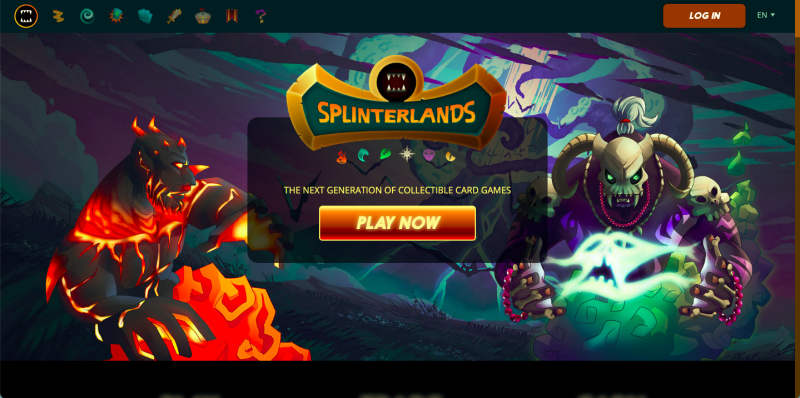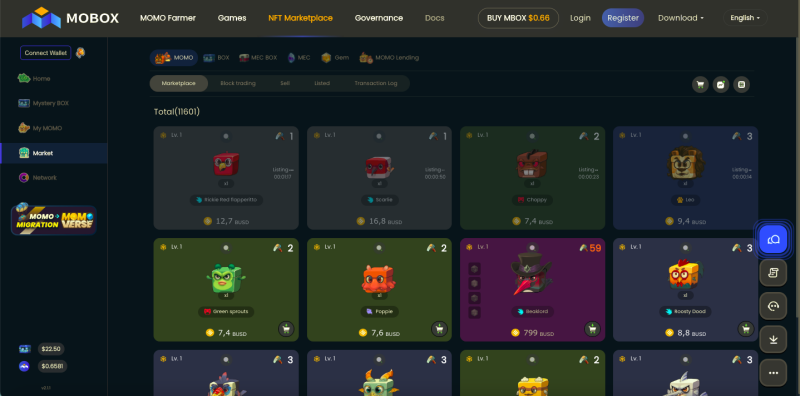
People who have been in crypto for a while know that you can stake your crypto. Staking can be a way to get extra return on your investment. In addition to staking your crypto, you can also earn returns on your NFTs. You can stake these NFTs on specific platforms.
Staking NFTs is one of the ways to generate passive income.
What is NFT staking?
NFT staking is the same as crypto staking. They do exactly the same thing. When people talk about NFTs, they often think of digital images, like the Bored Ape Club collection, but NFTs are not just digital images, they can also be artifacts. NFTs can thus demonstrate digital ownership of physical and online products.
If you want to stake your NFT, you can tie your NFT to a platform or a particular protocol. Because you stake your NFT, you receive an additional return - it is similar to interest. The NFT remains your property, even if it is staked. Just because your NFT is staked does not mean you have lost your ownership of the NFT. The returns you receive are also called staking rewards.
This method is compared to yield farming, where crypto are loaned or deployed with liquidity providers, in order to make money through the interest or transaction fees on that platform. Bank savings is also similar to NFT staking, but the big difference is in the centralized nature. Banks are a lot more centralized than the NFT platforms that offer NFT staking.
You can compare this way of staking with decentralized finance (DeFi) yield farming, where cryptocurrencies are lent or deployed to liquidity providers to earn rewards through interest or the transaction costs. This way of earning interest is similar to that earned through a bank but in this case, there is no middleman. NFT staking belongs to the decentralized finance world while the banking form is centralized.
How exactly does NFT stake work?
It is not possible for crypto and NFTs to be staked on every platform. For example, the blockchain on which the tokenized asset resides plays a role in this.
Like crypto, you need a staking wallet. This is because you need a safe place to store your crypto after purchase. The same goes for staking an NFT. For this, you need a wallet that can stake. Nowadays almost all wallets can stake, but it may happen that a certain wallet cannot. Pay close attention to this!
The actions you need to take to stake your NFTs are exctly the same as when staking crypto. This is done very simply. In your wallet, look for the option to stake. You click on this button and then you can indicate which NFTs you would like to stake. After you click on agree, your NFT is staked and you can enjoy your extra return that you receive.
Rewards for staking NFTs
The rewards you can earn are diverse. You can earn tokens, but you can also earn NFTs. Regardless of the reward you get, you can always convert this value into fiat money. You do this on a trading platform like Coinbase, Kraken, Binance, etc.
NFTs staking platforms are currently mostly decentralized autonomous organizations (DAOs). This is where NFTs owners can stake their NFTs. Because you stake your NFT in a particular DAO pool, also known as a staking pool, users can participate in the DAO. For example, you can then vote with certain proposals and initiate proposals yourself. Super cool! So the network itself decides which direction the DAO will take. There is no central party that determines this.
NFTs staking platforms
You can stake your NFT on many platforms. I will briefly introduce a few platforms below so you can decide which one you want to use!
Doge Capital (DAWG).
Doge Capital is one of many NFT collections, where you can stake NFTs and receive rewards for doing so. The collection consists of about 5,000 non-fungible tokens and is located on the Solana blockchain.

Binance NFT PowerStation
On this platform, NFT holders can support their favorite sports teams, by staking NFTs. As a reward for this, you will receive Binance Fan Tokens. The Binance platform is one of the largest platforms worldwide, with perhaps the most services that users can use.
Splinterlands (SPS)
Splinterlands is one of the most popular blockchain games, which is a great source of fun and money for many players. Splinterlands is a card trading game, in which you compete against various opponents. Basically, you can compare the game with Pokémon (or any other card game), where you can use different types of cards during a battle.

MOBOX (MBOX).
The game of MOBOX takes place in the metaverse, which is also called the MOMOverse. Each MOMO, the character in the game, has its own qualities. These qualities are randomly generated, which also creates the unique character. Thus, the NFTs of this game can be found in this metaverse. In addition, the gaming platform has its own NFT marketplace, where you can also trade the NFTs.

NFT staking risks
Nowadays you hear, see and read more and more that NFT staking is a good idea and you can make a lot of money with it. Often you have videos on Youtube where NFT staking is only encouraged. But NFT staking is not all rosy.
Just like with crypto, with NFT staking you can face a rug pull. This means that in a short period of time the price of a crypto project shoots up and then drops to 0 in a split second. The owners of this rug pull, so to speak, pull the value of the crypto out, causing the value to drop. This can also happen with NFT staking. After all, your NFT also has a certain value. If you have staked your NFTs on a platform, then there is always a chance that the owners of that platform may rug pull the value of what has been staked. In reputable platforms this will not happen, because the owners of the crypto project have locked in their own deposit and cannot sell for a certain amount of time (often 50 years or more). Always do proper research before you stake your NFT! High returns do not always mean good safety!


Reactie plaatsen
Reacties